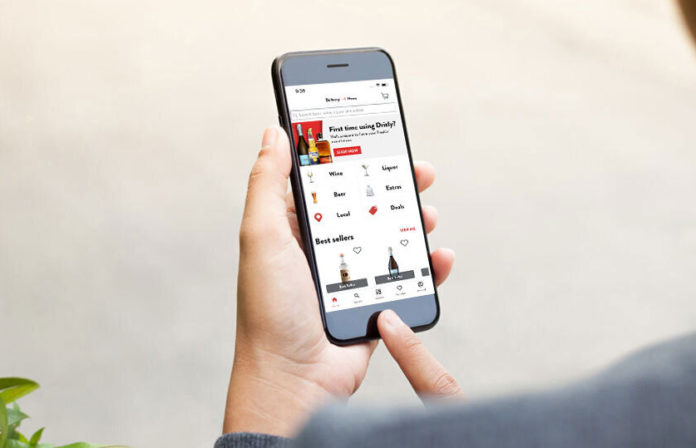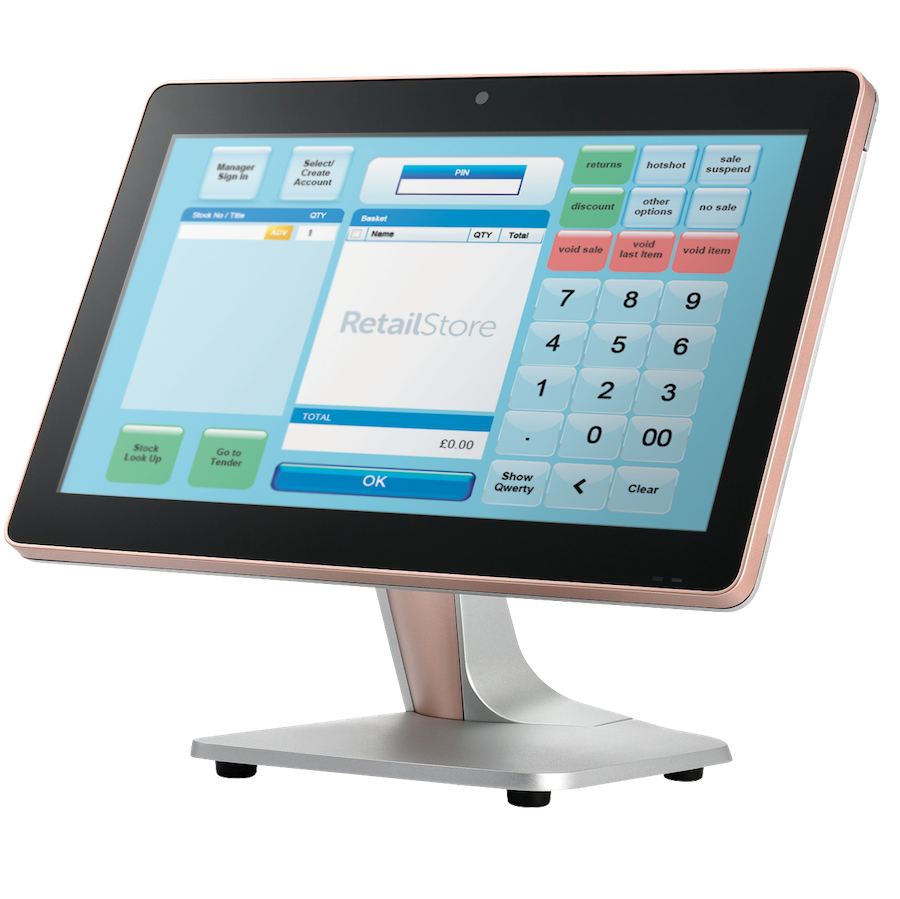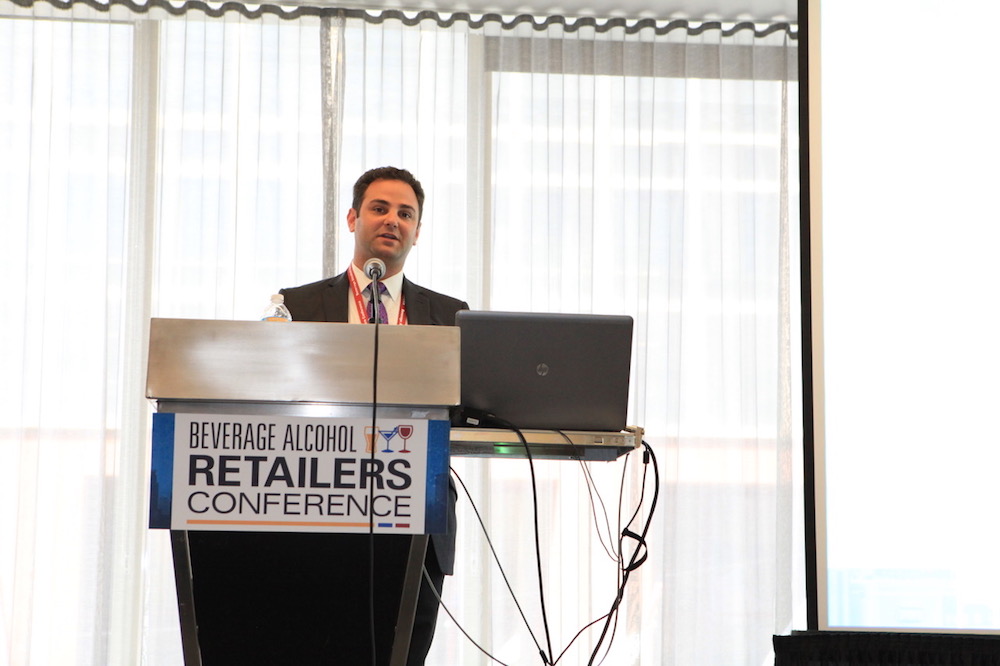
Technology has been a boon for beverage alcohol retailers during the COVID-19 crisis. The sudden sweep of the pandemic changed, almost overnight, the way that all stores operated. Protecting the health and safety of customers and staff became a challenging priority.
As did simply doing business. Although beverage alcohol retailers remained open in most states as essential, handling customers amidst a pandemic was an unprecedented task. Many people were justifiably afraid to shop in-person. Rather, they remained home and ordered online, through services like Drizly. Digital delivery and curbside pickup grew hugely popular — and outright necessary in some areas — in a matter of days.
Emerging trends suddenly fast-forwarded. What seemed like a decade off transformed into the here and now. How could stores evolve so quickly with this changing world? Enter: technology.
Initial Challenges
Naturally, retailers that invested in ecommerce before the pandemic were in the best shape to handle our new world. Same even goes for businesses that were in the process of upgrading technology as we entered, unknowingly, the great shakeup of March 2020.
What about companies caught flat-footed? Thankfully, there is a bevy of technology providers that can help retailers adapt swiftly.

Cybertill offers retail management software. “Our sales are up 30% from last year,” says Rebeckah Johnson, VP of Channel and Operations. “And 70% of our customers sales are now going through their app and website. The drive-through aspect of curbside pickup allowed these stores to remain open during the crisis.”
Cybertill had three customers open new shops during the pandemic. Immediately deemed essential, these retailers hit the ground running in a rapidly changing world.
“It was critical that we got their web databases up and running, with no glitches on their websites,” says Johnson. “Anything that could cause glitches with them selling online, we made sure we took care of. This included integrating their apps with their websites so that customers could easily order and pickup curbside.”
City Hive is another provider of ecommerce platforms for beer, wine and spirit shops. Interest in their products exploded in mid-March. “By the end of that first week we were doubling in business,” recalls Roi Kliper, co-founder and CEO. “Then as weeks go by we are doing 10 times the week before. We had a lot of new sign-ups. There was a lot of demand.”
Kliper and his team helped retailers create ecommerce sites, sometimes overnight. This work occurred as digital delivery and curbside pickup requests ballooned from customers. In the months of March and April, 60% of the transactions logged in City Hive systems were curbside pickup.
Sometimes this was consumers who preferred to remain in their cars. In others instances, businesses actively made the choice to close. Leading New Jersey retailer Gary’s Wine & Marketplace shut down shop voluntarily and switched all sales to curbside and delivery. For that task, Gary’s contacted City Hive.
“Gary’s had been our customer for a while for their phone app,” Kliper explains. “In late March, [COO] Mike Fisch called me and said they were going curbside only. He told me what they needed. We bought the domain GarysLocal.com, and within two hours had web ordering up and online.”
City Hive software takes in the customer’s order and car information. The program lets retailers know when the customer has arrived. Launched early in the pandemic, a City Hive app helps pickers inside the store get the appropriate products. Challenges include how to print receipts accurately, how to handle substitutions, how to check IDs and not serve underage people disguised behind masks, and how to communicate with customers when orders get delayed inside.
Another issue was the sheer scope of the new trends.
“One store used to do 150 deliveries per week,” says Kliper. “Suddenly they’re up to 1,500 deliveries per week. This is a single store, a single operation. This is hard.”
Adding onto the troubles was the ever-present threat of national chain stores like Total Wine.
“A lot of alcohol sales have been shifting to Big Box stores, so getting ecommerce set up was critical,” says Mike Provance, CEO of 3×3 Insights. The company provides a location-based digital marketing platform for beer, wine and spirits retailers.
“We helped [smaller retailers] with how to take customers back, and how to find new customers,” Provance adds. “We help them stay relevant when everything is becoming digital.”
The New Digital World
COVID-19 had the effect of hastening many trends. Movements in consumer behavior and technological preferences leapt ahead by many years. Even if the virus finally recedes — or a vaccine rolls out — it’s hard to imagine most people going back to how they shopped before the novel coronavirus.
“One silver lining in all this is that people were able to order alcohol in a way that they were never able to in the past,” says Matt Rosen, CEO of WineFetch. “Now, I think consumers are hooked on that convenience. When this crisis subsides, I think that online ordering will continue.”

WineFetch offers an e-commerce and marketing platform built specifically for the retail wine and spirits industry.
“We had people with limited or no presence who came scrambling to us in March,” Rosen remembers. “We were rolling out websites overnight. Stores were having the equivalent of Cyber Monday on a random Wednesday in March. It was incredible to see how much shifted in a two-week period.”
At first, the consumers stocked up on large-format name brands like Tito’s, Svedka, Miller Lite and Bota Box. But as customers became more comfortable with digital platforms, Rosen saw a shift.
“People are shopping again,” he says. “It’s not just the best-known brands. We’re seeing an increase in the bottle cost again. People have time at home to shop through products.”
Retailers with websites or social media (or preferably both) loaded with product images allow consumers to shop online as though browsing through aisles.
“Stores with ecommerce are conditioning people to do this,” Rosen says. “It’s all about the convenience.”
Because of the coronavirus, the genie is likely out of the bottle with ecommerce. Too many consumers have gotten used to online ordering, curbside pickup and digital delivery.
“The panic buying will lessen, but we will have a lot of people saying that they don’t have to go back to the stores anymore,” Rosen says.
Retailers still unprepared for this broader ecommerce shift still have time to catch up. Companies like 3×3 Insights are here to help.
“Our platform uses digital and social media to do finely targeted marketing based on purchasing data,” says Provance. “Most stores have a good handle on existing customers, but do not do nearly as good of a job when bringing in new customers.”
3×3 Insights can identify shoppers from a business’ market: people with a high propensity to purchase products that beverage alcohol retailers provide.
“We can expand potential shoppers from the net of people who haven’t heard about your store,” Provance says. “The platform focuses on top- and middle-of-the-funnel customers through Facebook, Instagram and programmatic advertising.”
Social Media Matters More
In our increasingly digital age, social media is paramount.
“Even before the pandemic, we saw this shift from traditional media to digital media,” says Provance. “You recently saw Diageo flip from 70% traditional media and 30% digital to reserving those percentages. You want to excel where people shop. You want to meet the customer where and when they’re buying, and that’s increasingly on phones, tablets and computers.”
How beverage alcohol retailers can best utilize social media is through experiential content. As Provance explains, these stores still have the sense of discoverability: the joy for customers of finding new products. With panic buying starting to subside, more people may soon want to experiment again, as was popular before the pandemic.
One way to tap into this trend, while remaining safe in a COVID-19 world, is through virtual tastings. In-store sampling is likely impractical until we have a vaccine. Instead, stores can replace this experience — plus that of browsing through the aisles — with digital tastings.
Store staff presents new product and explains the flavors, origins, branding, etc. All the same info a customer receives from an in-store event, minus the actual tasting.
“These digital experiences are content-driven, experiential-driven,” says Provance. “You’re not just selling a product online but linking to the site and getting people to explore the site. This may replace hand-selling for stores.”
Virtual tastings can also be used as exclusive events for store regulars, creating exclusivity — an aura of unique and different. This ties into another important aspect of social media marketing. “You want to leverage your brand personality more online,” says Provance.
Payment and Sanitation
Even as more of the economy reopens, many consumers will remain wary of COVID-19. Masks will not disappear anytime soon. Nor will the fear of contracting the virus through germs picked up via touch.

Contactless payment will likely become more common. “People want to touch as little as possible,” says Todd Odasz, co-owner of Merchant Preferred. The company specializes in the auditing of merchant services programs, AKA credit card processing.
It’s easier now to imagine world with less cash and more credit cards. Customers can wave their credit cards at payment machines to complete the transaction. Or people carry out this process using credit card information stored on their smartphones.
“The employee doesn’t have to touch the card,” Odasz says. “There’s no back and forth.”
And there’s no tapping a touch screen to enter your pin. This removes a surface potentially covered with the germs of everyone who paid before you.
“A lot of this is also about stores meeting the required protocols of being sanitized, by having less physical contact,” says Merchant Preferred Co-owner Ken Handy. “It makes it easier for businesses to maintain their facilities.”
Perhaps some stores and customers are not ready for contactless payment. In that case, there is still the tried-and-true method of using a chip reader machine for touchless credit card payment. And even the old-school swipe machines have evolved for 2020.
“We’ve seen a spike in plastic covers for credit card machines,” Odasz says, “making it easy for staff to spray down these machines and wipe them off. I saw that Target hired people to spray down and wipe down each credit card terminal after each customer.”
Staff themselves can go contactless if each receives their own stylus pen to tap the POS screens, says Johnson of Cybertill. “That means less contact with the screen.”
What’s Next?
Looking to the future, technology will certainly continue to play a bigger role in beverage alcohol retail.
“Your website is more important than ever,” says Johnson. “Especially for smaller stores that want to compete with bigger stores. You need to adapt with websites and apps.”
Tech has become so important that it may no longer be an issue of companies getting ahead through investments in this area. Rather, it has turned into a necessity.
“You have to be online in 2020,” says Rosen of WineFetch. “You’d be insane not to. The visibility alone is critical, especially when out of ever five stores right now, two have their whole inventories online. Guess who the customer goes to?”
Kyle Swartz is editor of Beverage Dynamics magazine. Reach him at kswartz@epgmediallc.com or on Twitter @kswartzz. Read his recent piece Interview: How COVID-19 Has Changed Drizly Consumer Trends.




[…] View Original Article Source […]